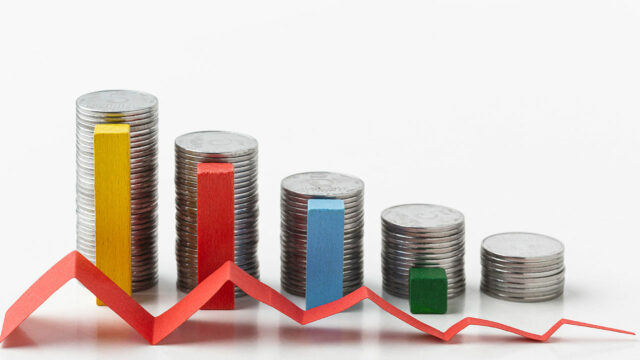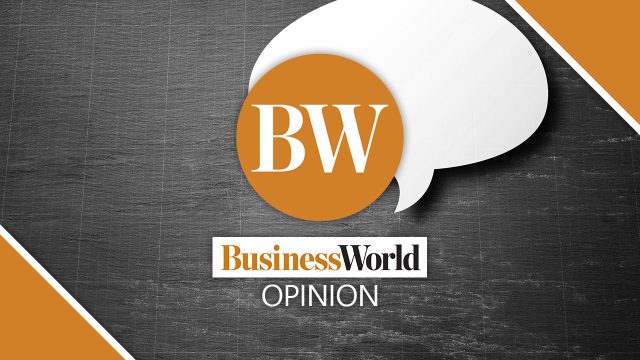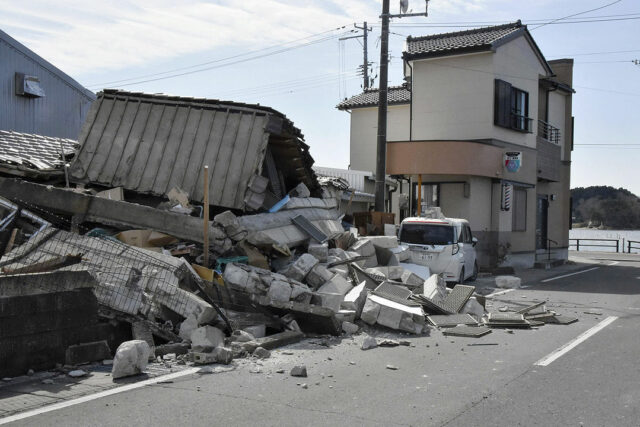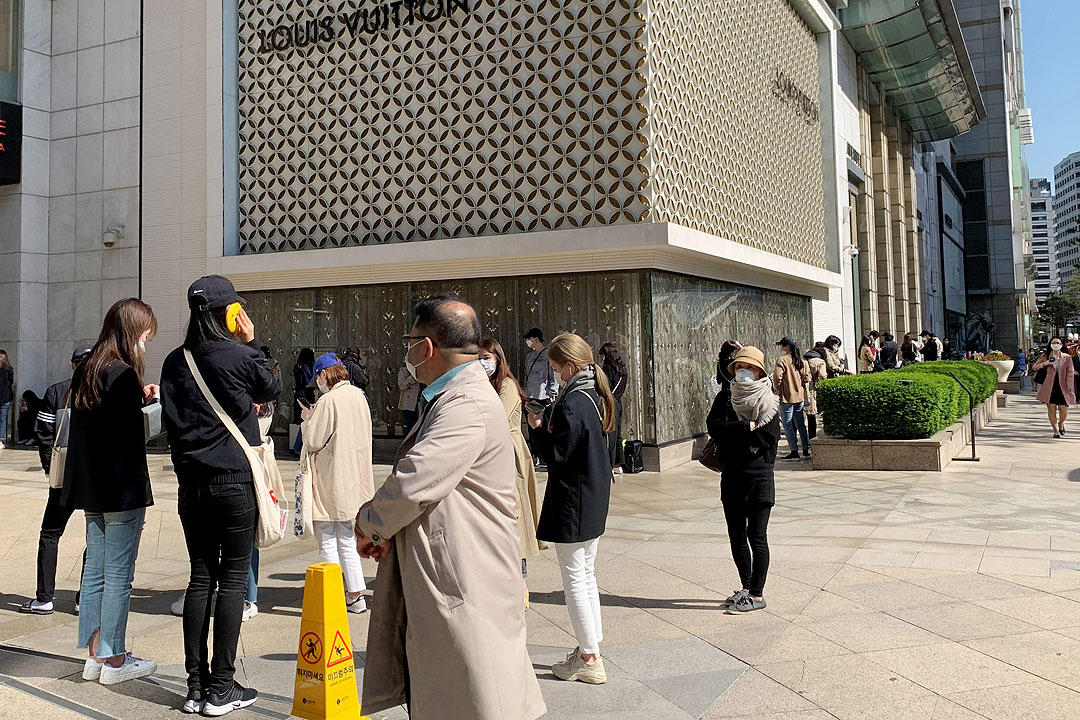“Iatrogenesis” is a term everyone should get to know. It is an illness caused by medical treatment. Oxford Languages describe it as “relating to illness caused by medical examination or treatment.” Wikipedia helpfully adds that it is “the causation of a disease, a harmful complication, or other ill effect by any medical activity, including diagnosis, intervention, error, or negligence” and may include “mental suffering via medical beliefs or a practitioner’s statements.”
Iatrogenesis is something usually not discussed in medical circles, perhaps understandably so considering it is the fifth leading cause of death globally (see “Iatrogenesis: A review on nature, extent, and distribution of healthcare hazards,” Rafia Farooq Peer and Nadeem Shabir, 2018, http://bit.ly/NCBI_Iatrogenesis). A 2013 Global Burden of Disease research piece pegged it at 20 million negative effects arising from medical treatment. In the US alone, a 2016 study “calculated that more than 250,000 deaths per year are due to medical error” (“Study Suggests Medical Errors Now Third Leading Cause of Death in the US,” John Hopkins, 2016, http://bit.ly/Hopkins_MedError).
And a primary reason for those injuries and deaths arising from medical treatment or iatrogenesis? Peer and Shabir point to “adverse drug reactions” (ADRs) through:
• “Medical error or negligence”;
• “A practice of defensive medicine,” whereby “doctors recommend medical examinations and medications to their patients recklessly”;
• “No prior warnings about possible Adverse Drug Reactions”;
• “Over medicalization of ill health,” by which “the autonomy of patients dealing with their own illness with regard to modern medicine is compromised” and “natural healing of a disease is questioned by the medical sciences”; and, finally,
• “Commercialization of medicine,” which “is one of the primary reasons for increased ADRs. There is a strong lobby between pharma industry and the medical institutions. Even studies are been funded by the pharma companies and it is most likely that they declare their drugs as effective.”
Iatrogenesis gained greater significance today in light of accumulating information regarding adverse effects from COVID-19 vaccines, including injury or death. The Epoch Times reported (“The Alarming Trends in COVID Vaccine Side Effects,” March 6, 2022, citing Israeli data) that of “2,068 boosted individuals”:
• 0.3% required hospitalization for an adverse event;
• 4.5% experienced one or more neurological problems (2.1% of men and 6.9% of women), such as tingling or itching sensation, Bell’s palsy, vision damage, memory deterioration, hearing damage, convulsions, loss of consciousness and more;
• 9.6% of women under the age of 54 experienced menstrual irregularities. Of those, “39% suffered from similar side-effects after prior COVID-19 vaccinations”;
• 6.4% of those with preexisting anxiety disorder or depression experienced a worsening of their symptoms; and,
• 24.2% of those with preexisting autoimmune disorders experienced exacerbation of disease.
And “between 6.3% and 9.3% of those with preexisting high blood pressure, lung disease, diabetes and heart disease alsoa reported that their condition was exacerbated after the third booster.”
Informed Choice Australia also came out with a paper, “1,000 Peer Reviewed Studies Questioning COVID-19 Vaccine Safety,” which consists of “peer reviewed medical papers submitted to various medical journals, evidencing a multitude of adverse events in COVID-19 vaccine recipients” (see http://bit.ly/ICA_VaccineSafety).
Then there’s this utterly disturbing report (based on US Center For Disease Control data): “Of the 11,505 US deaths reported as of March 4, 17% occurred within 24 hours of vaccination, 22% occurred within 48 hours of vaccination, and 60% occurred in people who experienced an onset of symptoms within 48 hours of being vaccinated.” (“7-Year-Old Died of Cardiac Arrest 13 Days After Pfizer Shot, VAERS Data Show,” The Defender, Children’s Health Defense News and Views, March 11, 2022, https://bit.ly/3thXPwx).
It is no surprise then that compensations are starting to be awarded (albeit discreetly) to those damaged by COVID vaccination: “Norway agreed to pay out 25 COVID-19 vaccine-injury claims as of early February,” and that “of around 400 claims received so far, more than 300 are still being considered”; meanwhile “the UK’s National Health Service has received more than 720 claims requesting COVID-19 vaccine-related compensation,” with “a projected 1,500 to 1,800 new claims this year” (“COVID-19 Vaccines Were Deadly in Rare Cases. Governments Are Now Weighing Compensation,” Wall Street Journal, Jan. 19, 2022).
With regard to the Philippines, RA 11525 provides compensation for any person “inoculated through the COVID-19 Vaccination Program” and because of it suffered “severe adverse effects” including “death, permanent disability or hospital confinement.” The law set aside P500 million for this purpose.
Furthermore, it is not true (as is widely reported in media) that “public officials and employees, contractors, manufacturers, volunteers, and representatives of duly authorized private entities” are free from liability and cannot be sued for actions in relation to the “administration or use of a COVID-19 vaccine.” RA 11525 actually provides that they can be sued and be held liable if proven that they acted with “willful misconduct and gross negligence” in using or administering COVID vaccines.
And considering that many of those that pushed for vaccines were the same people that had been so tragically wrong on lockdowns and masks, and even could have avoided deaths had they not been hysterically against the use of ivermectin (see “Treatment with Ivermectin Is Associated with Decreased Mortality in COVID-19 Patients: Analysis of a National Federated Database,” Efimenko, Nackeeran, et al., International Journal of Infectious Disease, March 2022), then proof of “willful misconduct and gross negligence” in relation to vaccine use may be just around the corner.
Filipinos (or their family members) that suffered serious adverse effects arising from COVID vaccination should document their experiences and claim government compensation, or (as provided by law) prosecute and hold accountable those that forced or misled people into taking vaccines.
Jemy Gatdula is a senior fellow of the Philippine Council for Foreign Relations and a Philippine Judicial Academy law lecturer for constitutional philosophy and jurisprudence
https://www.facebook.com/jigatdula/
Twitter@jemygatdula














